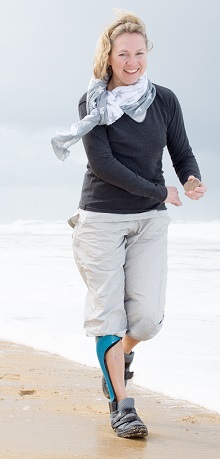Stroke
Stroke (also known as cerebrovascular accident or brain attack) is a medical condition characterised by poor blood flow to the brain, resulting in cell death. There are two main types of stroke: ischaemic, due to lack of blood flow, and hemorrhagic, due to bleeding.
Classification
Stroke is classified into ischaemic and hemorrhagic categories. Ischaemic stroke is caused by blockage of a blood vessel, often due to thrombosis or embolism.
Hemorrhagic stroke results from the rupture of a blood vessel, causing bleeding within or around the brain.

Signs and Symptoms
Stroke symptoms typically appear suddenly and can include:
- Inability to move or feel on one side of the body
- Problems understanding or speaking
- Dizziness
- Loss of vision to one side
- Severe headache (in hemorrhagic stroke)
Early recognition is very important, often summarised by the FAST mnemonic: Facial droop, Arm weakness, Speech difficulty, and Time to call emergency services.

Risk Factors
Key risk factors for stroke include:
- High blood pressure
- High blood cholesterol
- Tobacco smoking
- Obesity
- Diabetes mellitus
- Atrial fibrillation
- Age and family history also contribute significantly to stroke risk.
Diagnosis
Diagnosis is based on clinical symptoms and supported by imaging techniques such as CT scans and MRI scans. A CT scan can rule out bleeding, but early ischaemic changes might not be visible.
MRI is more sensitive in detecting posterior circulation infarcts.

Treatment
Ischaemic Stroke
Treatment for ischaemic stroke aims at restoring blood flow. This can involve:
- Thrombolysis with drugs like recombinant tissue plasminogen activator (rtPA) if administered within 4.5 hours of symptom onset.
- Mechanical thrombectomy for large artery occlusions, effective within 12 hours and potentially up to 24 hours post-stroke.
Hemorrhagic Stroke
Management of hemorrhagic stroke includes supportive care, blood pressure control, and surgical intervention if necessary. For subarachnoid haemorrhage, early treatment of aneurysms can prevent rebleeding.
Rehabilitation
Rehabilitation focuses on helping stroke survivors regain function and adapt to their new limitations. This involves a multidisciplinary approach with physiotherapists, occupational therapists, speech therapists, and psychologists.
Key aspects include:
- Physical therapy to improve mobility and strength
- Occupational therapy to aid in daily activities
- Speech and language therapy for communication disorders
- Cognitive rehabilitation for attention and memory issues

Prognosis
Stroke is a leading cause of disability and mortality worldwide. The prognosis depends on stroke severity, location, and timely medical intervention.
Early rehabilitation significantly improves outcomes. Emotional and cognitive support is essential for managing post-stroke depression and other psychological effects.
Epidemiology
Stroke incidence is higher in older adults and varies globally. It is the second most common cause of death worldwide, with a higher prevalence of ischaemic over hemorrhagic strokes.

Understanding stroke's risk factors, symptoms, and treatments is very important for managing and preventing this condition. Early detection and prompt intervention can save lives and reduce disability.
Self-assessment MCQs (single best answer)
What is the most common cause of ischaemic stroke?
Which imaging technique is more sensitive for detecting posterior circulation infarcts?
What is the primary focus of stroke rehabilitation?
Which symptom is least likely to be associated with stroke?
What mnemonic is used for early recognition of stroke symptoms?
Which of the following is NOT a modifiable risk factor for stroke?
What is the most important initial treatment for an ischaemic stroke if detected within 4.5 hours?
What is a common long-term complication of stroke?
What is the first step in the diagnosis of stroke?
Which treatment is commonly used to prevent recurrent ischaemic strokes?
Dentaljuce
Dentaljuce provides Enhanced Continuing Professional Development (CPD) with GDC-approved Certificates for dental professionals worldwide.
Founded in 2009 by the award-winning Masters team from the School of Dentistry at the University of Birmingham, Dentaljuce has established itself as the leading platform for online CPD.
With over 100 high-quality online courses available for a single annual membership fee, Dentaljuce offers comprehensive e-learning designed for busy dental professionals.
The courses cover a complete range of topics, from clinical skills to patient communication, and are suitable for dentists, nurses, hygienists, therapists, students, and practice managers.
Dentaljuce features Dr. Aiden, a dentally trained AI-powered personal tutor available 24/7 to assist with queries and provide guidance through complex topics, enhancing the learning experience.
Check out our range of courses, or sign up now!


